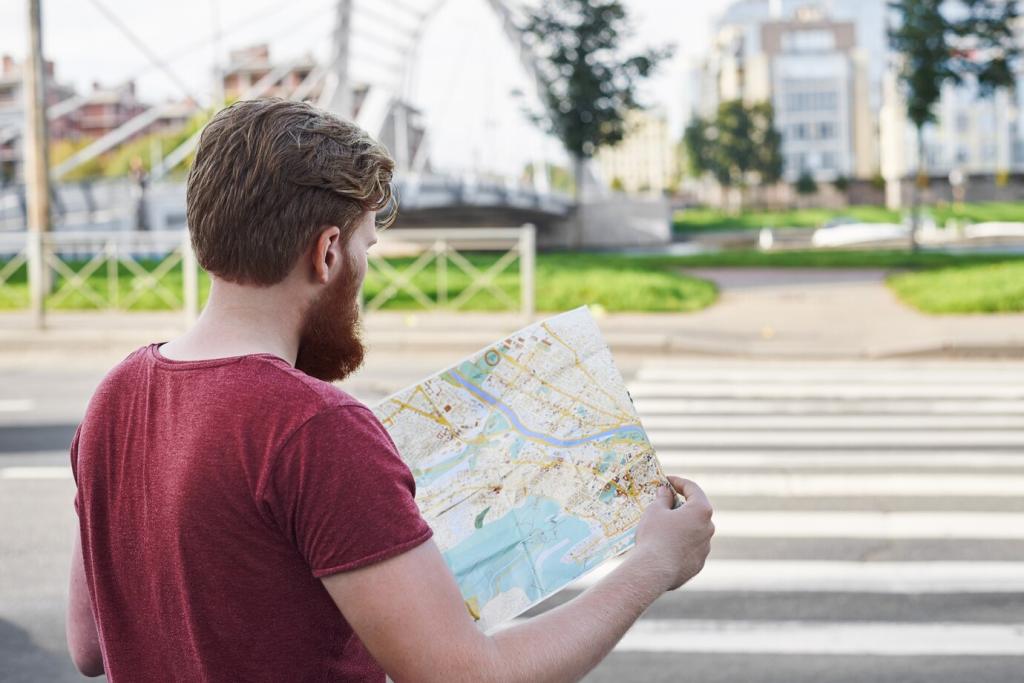Budget and Emissions: Optimizing Two Bottom Lines
Compare options with full costs: fares, luggage fees, airport transfers, time lost, and lodging impacts. Rail passes, city cards, and off‑peak tickets can reshape the math. One honest spreadsheet beats dozens of tempting but misleading standalone prices.
Budget and Emissions: Optimizing Two Bottom Lines
Favor trains over short‑haul flights, choose direct routes, and consider night trains that replace hotel nights. Use emissions calculators to compare options transparently. Share your carbon target, and we’ll help map a route that stays within it.


